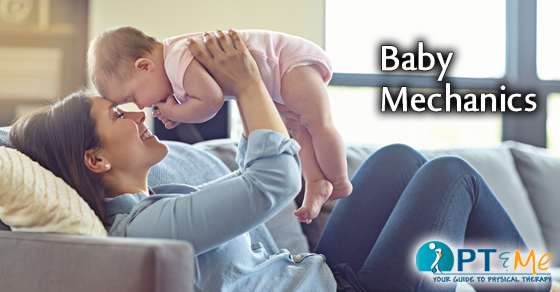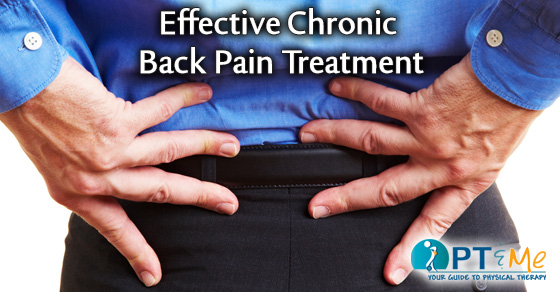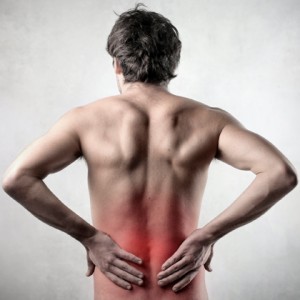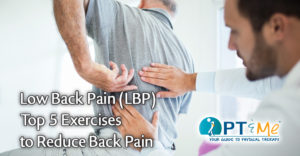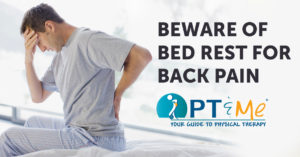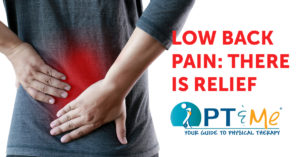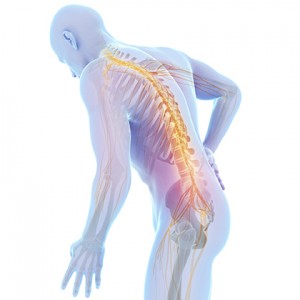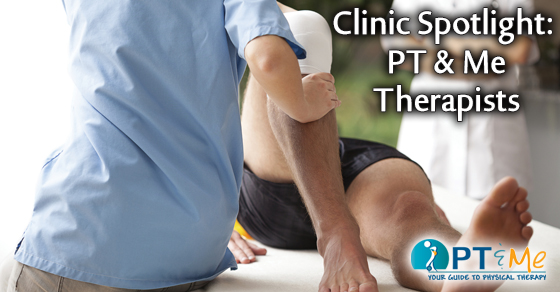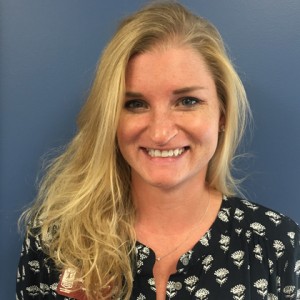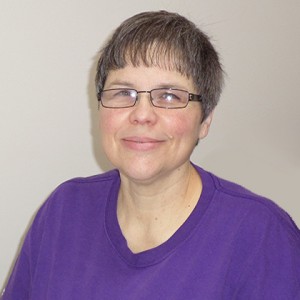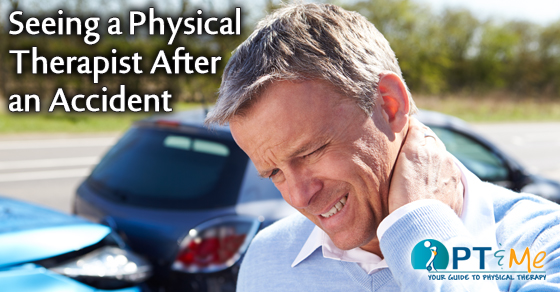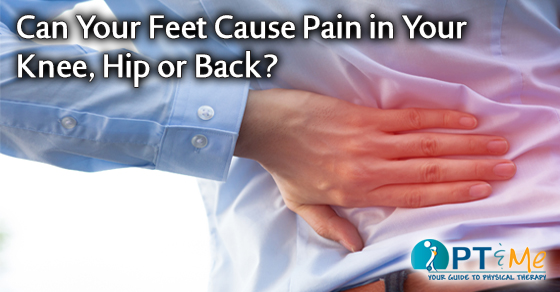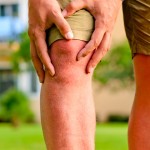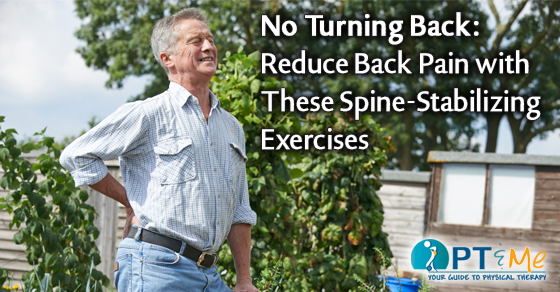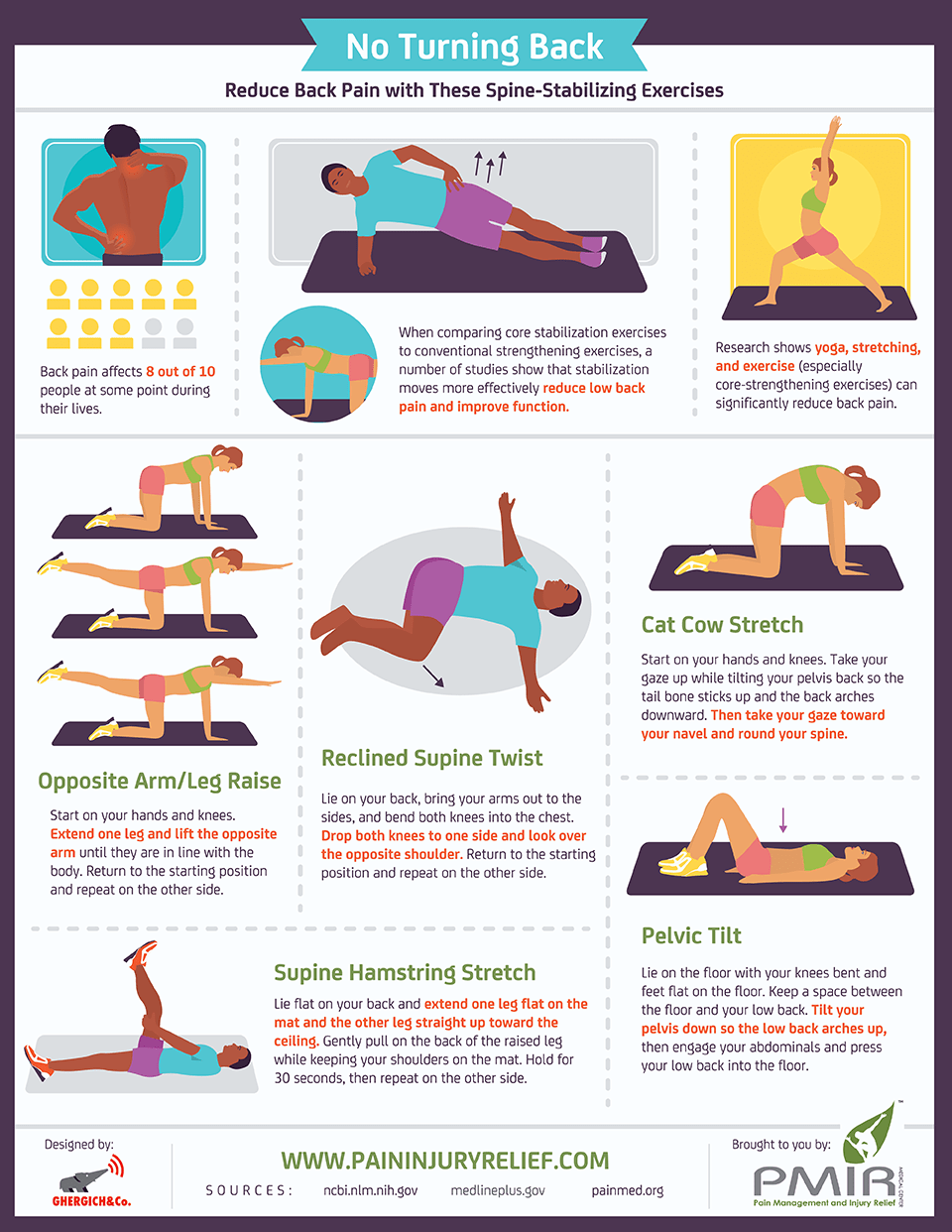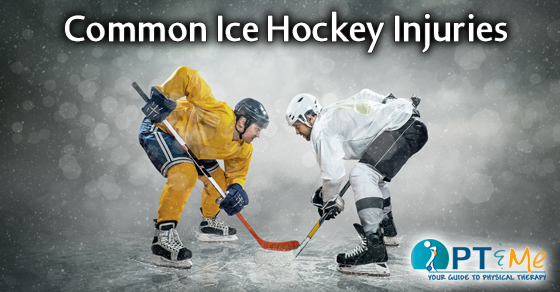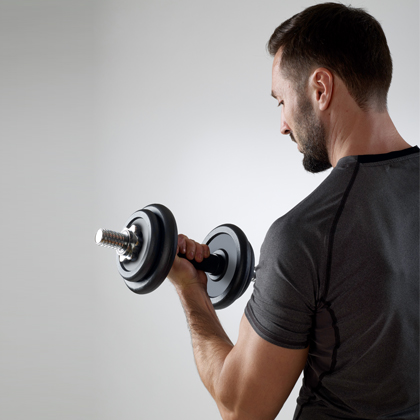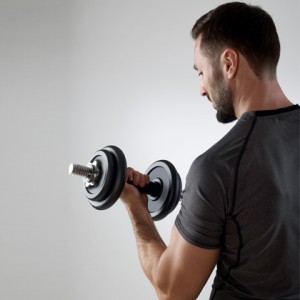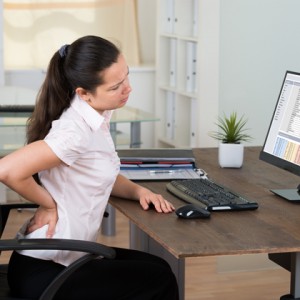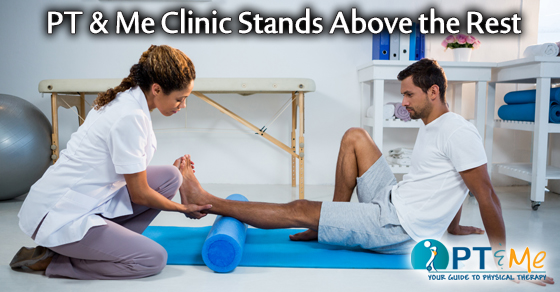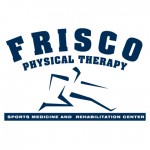Proper lifting mechanics is important for everyone, especially for a new mom. Caring for a young child/infant significantly increases the strain to one’s low back. Luckily, there are steps that one can make to decrease that strain and reduce the risk of injury.
Always remember to: lift the child/infant close to you and bend through your legs versus your back.
As your baby begins to gain more independence and mobility, lower the height of his mattress to keep him safe. Be aware that the lower mattress height can increase strain on your back, so lower the mattress height as gradually as possible. When lifting your baby in or out of the crib, keep baby as close to your body as possible while keeping your back straight and bending through your legs. For older babies, help him get into a sitting position before lifting him out of the crib. Once baby can stand, lift him out of the crib from a standing position.
Just like lifting baby out of the crib, keep her as close to you as possible, bend through your legs and keep your back straight. Keep your abdominal muscles tight as you lift her up. If possible, get into a deep squat position to lower your center of gravity before picking up baby.
Avoid the “hip shift” position with baby propped on one hip while shifting your body to that side. Instead hold baby in front of you with his legs out on either side of you. If you are going to be holding baby for an extended period of time, use a baby carrier to keep your baby supported in a neutral alignment.
Tummy time isn’t just good for babies! During tummy time, get down on your stomach too. Stretching out on your stomach is good for you, and it also allows you to better interact with your baby.
During story time, be aware of your posture and always sit up straight. Place a pillow behind your back for extra support.
Use a nursing pillow under baby to help prop her up closer to you. Bring baby to you instead of leaning forward towards her to avoid strain. Placing a pillow behind your back can provide extra support and help you maintain the proper posture. If you are bottle feeding or for older babies, place a pillow under the arm that is supporting baby’s head to decrease the strain on your shoulder and neck. Although making eye contact with baby during a feeding can help strengthen your relationship with baby, it can cause strain on your neck. Be sure to bring your head to a neutral position throughout the feeding to decrease the tension on your neck.
When lifting a car seat, be sure to keep the car seat as close to your body as possible. Bend through your legs and keep your abdominal muscles tight as you pick up the car seat. Instead of carrying the car seat in one hand at your side, use both hands to hold and carry the car seat in front of you whenever possible.
Getting the car seat in and out of the car can be tricky. Remember to keep the car seat as close to your body as possible, keep your abdominal muscles tight and your back straight. If your car seat is placed in the middle position in your car, put one leg up into the car to protect your back while keeping the car seat close to your body.
This information was written by Metro Spine & Sports Rehabilitation, an outpatient physical therapy group with locations in the Chicago Loop and Lakeview areas. At Metro Spine & Sports Rehabilitation, their number one priority is the patient. For more information click here.

